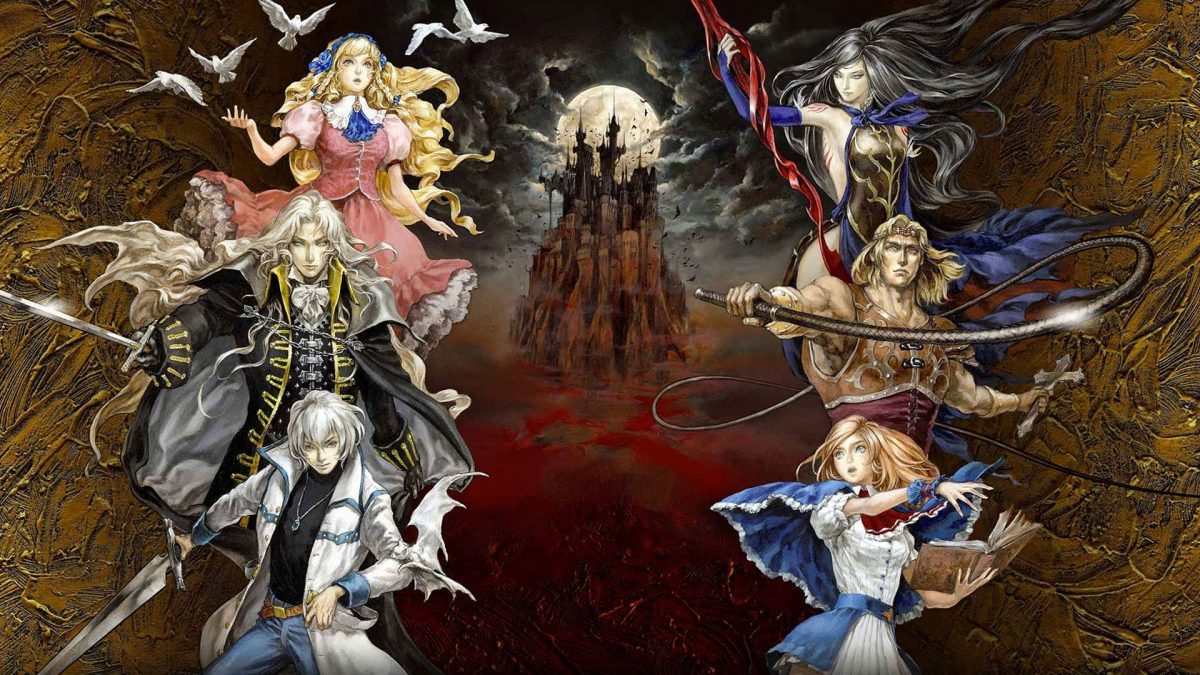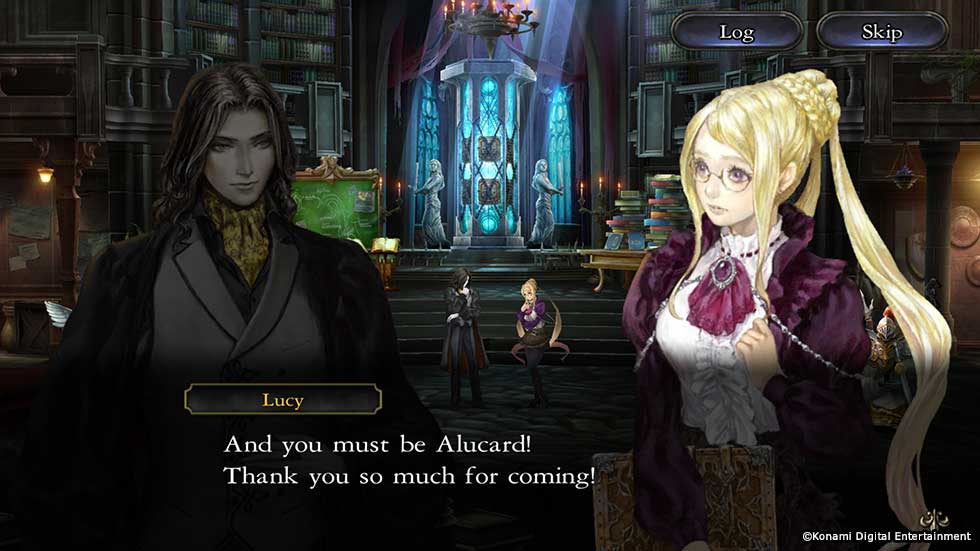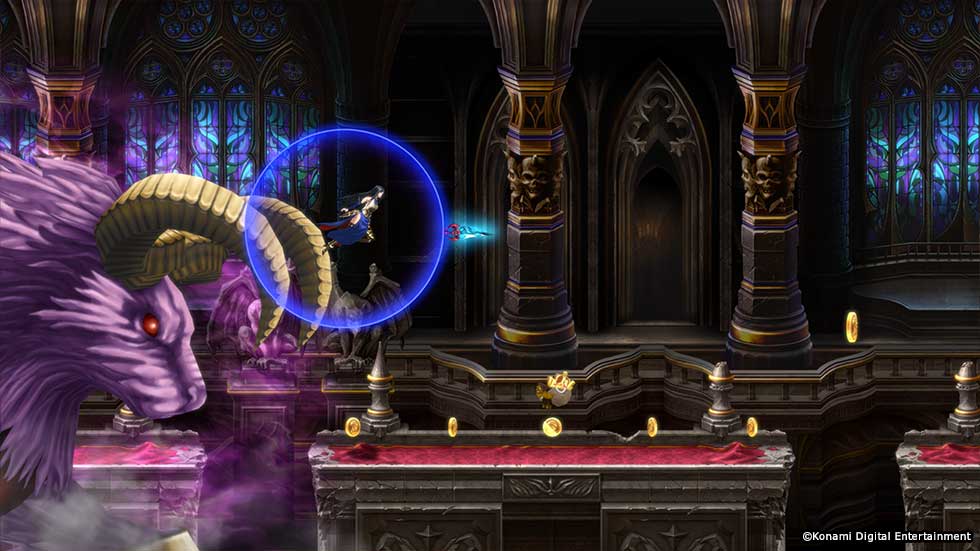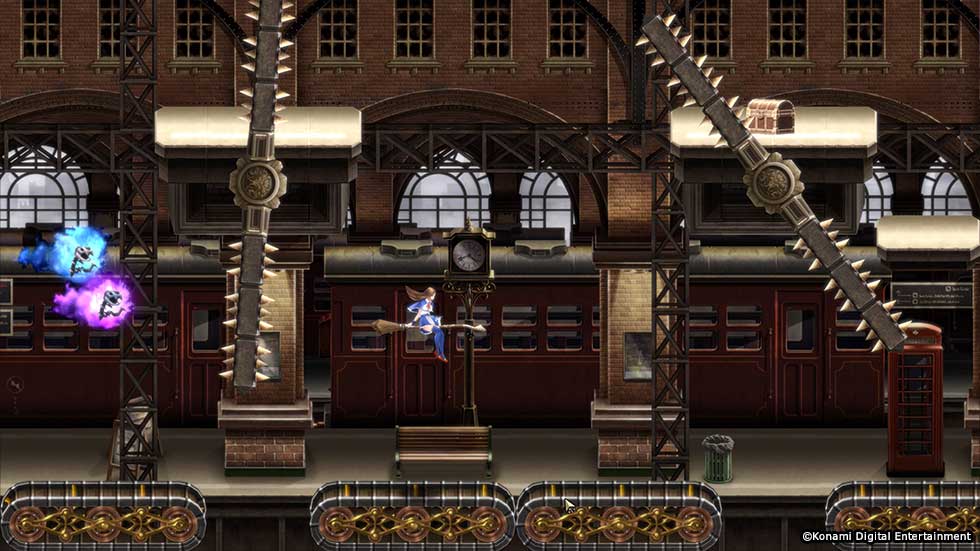Confused? You should be. Castlevania: Grimoire of Souls was a mobile game announced for smart devices back in April 2018 and released in September 2019 for closed beta exclusively in Canada. After about a year, the game’s servers were shut down with an announcement that development would be canceled. Shortly after, a new mobile game was announced, which would be outsourced to Chinese developers, titled Castlevania: Moonlight Rhapsody. Since then, there have been almost no updates about the game’s release.
Now, here we are, another full year later, and Castlevania: Grimoire of Souls has just launched worldwide on selected Apple devices, exclusively through the Apple Arcade subscription service. We sat down and decided to try the game for one week on an Apple iPad Air, 4th generation. Here’s what we think of it.

Story
Picking up some years after the events of the canonical timeline, some point after Dawn of Sorrow, Dracula has finally been eternally banished from the human world in a solar eclipse. However, when Alucard senses his presence trying to seep back in, his quest leads him to a mysterious librarian named Lucy Wesenra. In her personal collection are a number of books, include the very grimoires that imprison Dracula’s soul. To keep Dracula from escaping, Alucard enters the Grimoire of Souls and his quest to keep Dracula at bay starts anew. Still, there’s some help fighting alongside him. As he progresses further, the souls of the hero’s past are summoned to aid him; including Simon Belmont, Maria Renard, Charlotte Aulin, and Shanoa.

Gameplay
Castlevania: Grimoire of Souls plays just how you’d expect and hope for a Castlevania game. It sticks to the classic 2D side-scrolling platform convention the franchise helped pioneer. Chapters are divided into multiple separate levels, each with three achievements to unlock for loot. Only the first four levels must be completed before moving on to the next area of the castle, or… next page in the grimoire. Bonus levels can still be unlocked, however, for extra challenges and rewards. Every book ends with a classic boss from previous Castlevania titles.
Every character has unique advantages and disadvantages, which makes the game more interesting.
Alucard is without a doubt the most versatile, having shapeshifting abilities which allow him to swiftly dodge or gain easy access to hard-to-reach areas that other characters like Simon absolutely cannot.
Simon Belmont hits harder, has longer ranged attacks, and his whip can hit multiple targets at once, unlike Alucard’s sword. However, being human and with no magic means that he has fewer terrain-scaling skills.
Charlotte Aulin can attack from a very long distance with magic and in rapid succession. However, her attacks are weaker than Alucard’s and have no curvature. It’s either a direct hit or nothing with her. Her special abilities can also grant fast travel through the air coupled with invincibility. She can reach high platforms with large gaps even better than Alucard; perfect when you’re hunting for treasure chests.
Maria Renard is a peculiar character, fighting with animals. She plays just like she did in Rondo of Blood, which comes with all the benefits but also the flaws. She has her life-saving high double jump, fast attack with her birds, and songs. She is the weakest of every character, dealing only one damage per hit, even with upgraded stronger weapons. She also has the lowest amount of health. However, her being a child means her character model is shorter than others, and many attacks fly right over her head.
Shanoa is unlocked in the second book and uses a wide arrange of weapons including spears, scythes, and swords to allow for a wide arrange of close-combat options, almost guaranteeing she’ll never miss. Her strength is comparable to Alucard and she has decent health. Although she gets a pretty impressive high jump, she still can’t scale across maps like Charlotte.
Shanoa and Alucard are probably best described as the two jacks-of-all-trades-but-masters-of-none, making them easy to play.

Gatcha Mechanics
Compared to other gatcha games such as Fire Emblem: Heroes or FATE/Grand Order, the new Castlevania mobile game is nice! It really is. The common practice with gatcha games means grinding for hours to get gems, crystals, tokens, or whatever the respective game uses in order to summon powerful characters. In the case of Castlevania: Grimoire of Souls, characters unlock through story progression, normally. The summoning feature is entirely for better weapons and armor for individual characters, as well as synthesizing items to upgrade, enchant, and limit break. The gems needed for summoning are practically showered on you, especially if you try levels with multiple characters. Completing story quests, daily/weekly missions, trials, challenges, or character-specific missions unlock even more rewards.
Honestly, the game is so generous with giving summoning stones, gold, and crafting items that unless you’re dumping everything you earn into every weapon you have, players really shouldn’t be running out of items; not to mention the lack of any kind of stamina system to restrict playtime.

Overall
Against all odds and after the absolute clown show of development that occurred between 2018 and 2020, Castlevania: Grimoire of Souls really satisfies beyond all expectations. The game is packed full of charm, pleasing level designs, beautiful artwork, diverse gameplay, amazing remixes of classic tracks from the series soundtracks, and all the classic monsters, characters, and little easter eggs you could hope for. For the first time in over a decade, Castlevania feels like it’s actually Castlevania again. It’s nostalgic without feeling lazy and soulless (pun intended). In fact, it’s probably the most care-given mobile game Konami has released in a long time.
Could Konami finally be getting themselves back on track to being decent game developers? We can only hope so, especially when this week there was more than one big Castlevania release!
Castlevania: Grimoire of Souls is available now on Apple IOS devices via the Apple Arcade subscription service.














